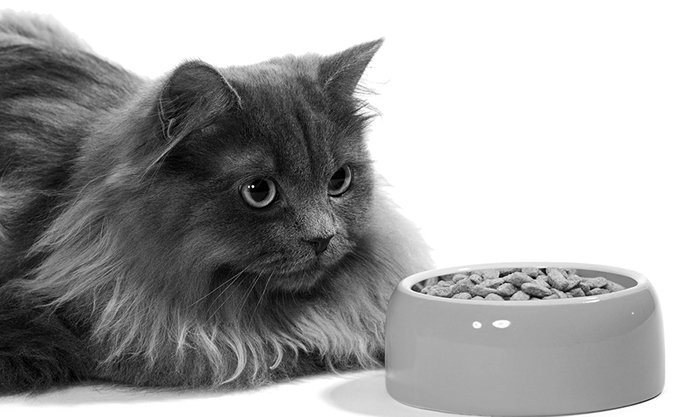Most owners recognize obvious signs of pain in their cats — lowering their heads, refusing food. Less obvious signs are cats flicking their tails and involuntarily blinking or closing their eyes, a condition called blepharospasm.
Okssi | Bigstock

These are among key 25 signs of pain in cats identified in research at the University of Lincoln in the U.K. Dr. Isabella Merola and Daniel Mills, Professor of Veterinary Behavioral Medicine, surveyed international academics and practitioners with specialties in internal medicine, anesthesiology, oncology, dentistry, behavior, dermatology, ophthalmology and neurology. They say in PLOS One that the resulting list could lead to faster diagnoses and ultimately reduce suffering. The signs in no particular order:
1. Lameness
2. Difficulty jumping
3. Abnormal gait
4. Reluctance to move
5. Reaction to palpitation
6. Withdrawal/hiding
7. Lack of grooming
8. Playing less
9. Appetite decrease
10. Activity decrease
11. Less rubbing people
12. General mood
13. Change in temperament
14. Hunched up posture
15. Shifting weight
16. Licking a body region
17. Lower head posture
18. Blepharospasm
19. Change in feeding behavior
20. Avoiding bright areas
21. Growling
22. Groaning
23. Excessively closing eyes
24. Straining to urinate
25. Tail flicking
Last year, the American Animal Hospital Association and American Association of Feline Practitioners expanded information in its 2007 AAHA/AAFP Pain Management Guidelines for Dogs and Cats. The update, at catvets.com, includes a new section on feline degenerative joint disease, “due to the increased awareness of this painful condition in cats.”



